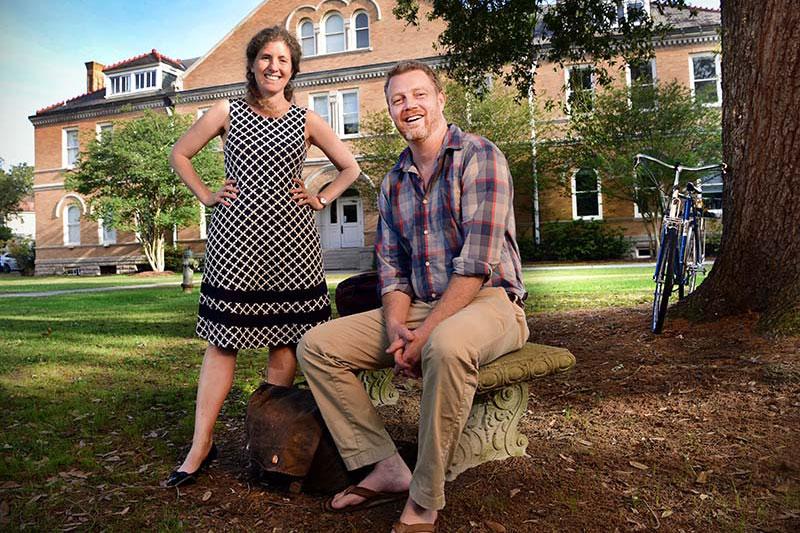C-SPAN to feature Tulane course in ‘Lectures in History’ series
Digging into delectable topics like the cultural history of chocolate in the Americas and the production of Russian vodka, students enrolled in The History of Eating and Drinking course in the Tulane School of Liberal Arts get to explore the political, cultural and economic past of cuisine across the globe.
The class is offered through the Department of History and is led by a team of instructors who research the production and consumption of food and drink throughout different historical periods.
Now, viewers across the country can also experience the course from the comfort of their homes, as C-SPAN 3 will broadcast two lectures from the class on the channel’s “Lectures in History” series.
“For those of us who live in New Orleans, where the service industry is so important, it’s good to think about the different types of work that go into what we eat.”
— Jana Lipman, associate professor of history
Viewers can catch a talk by Blake Gilpin, assistant professor of history, on Saturday, March 31, and a lecture by Jana Lipman, associate professor of history, on Monday, May 7. Each lecture will air twice on the scheduled run dates at 8 p.m. and midnight ET.
Gilpin focused his talk on the history of moonshine in America’s Deep South and the spirits’ roots in rural Southern culture.
“I’m a historian of Southern intellectual and cultural life, so moonshine is right up my alley as a cultural product,” he said, noting that moonshine’s production underscores the region’s historical relationship with the federal government.
For her lecture, Lipman chose to investigate immigrant labor and food processing in the United States.
“During the lecture, I talked about United Farm Workers, Cesar Chavez and the organizing of Mexican-American workers in California from the 1940s through the 1960s,” she said.
Lipman also discussed workers on organic farms in upstate New York during her segment.
“We need to think about who is doing the work that allows us to eat our meals, and that includes industrial, agricultural and service workers,” added Lipman. “Part of my goal was to look at meat production while making sure that vegetarians in the room knew that their vegetables also had people who planted and picked them.”
After each episode airs, both lectures will be available for viewing here.

